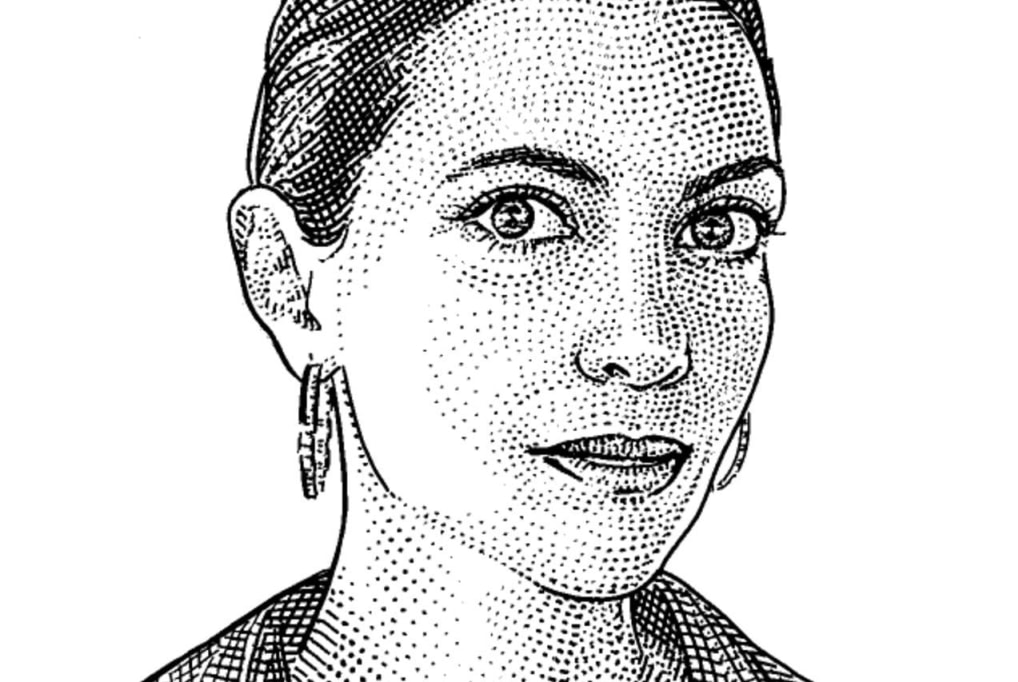Teresita Fernández: the Miami-born artist taking her hometown by storm
Financial Times, by Annalisa Quinn
November 28, 2019

Art in Asia
August 31, 2011

